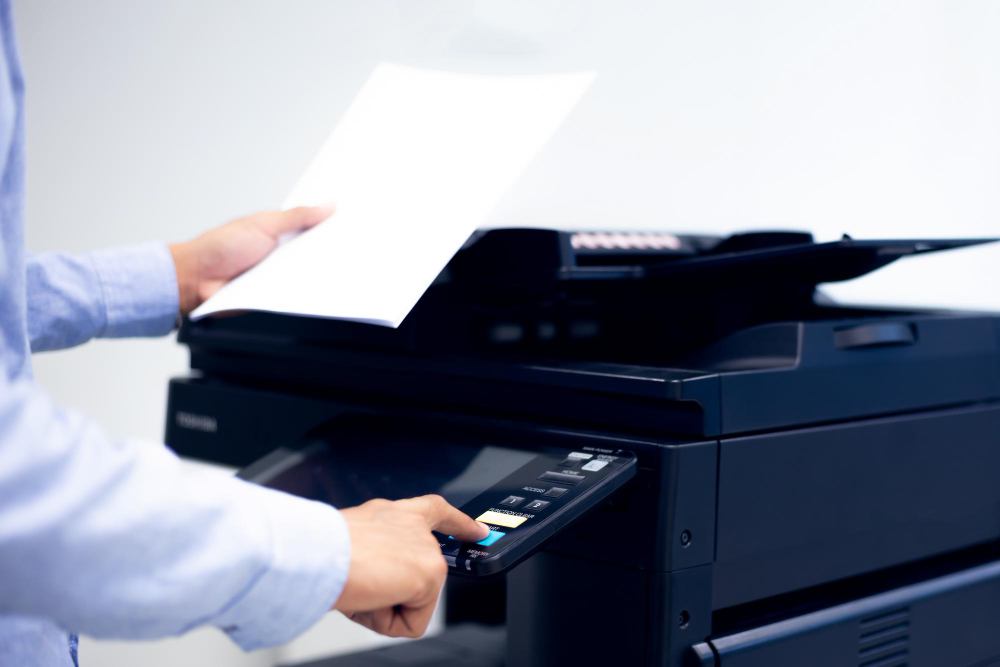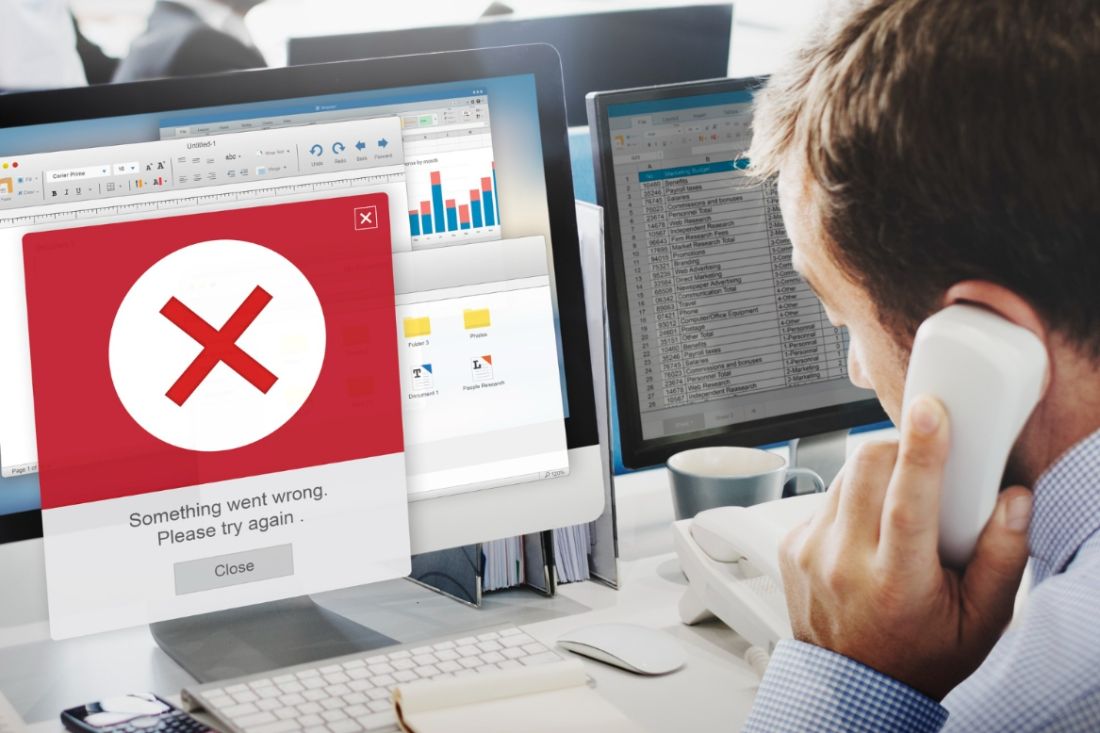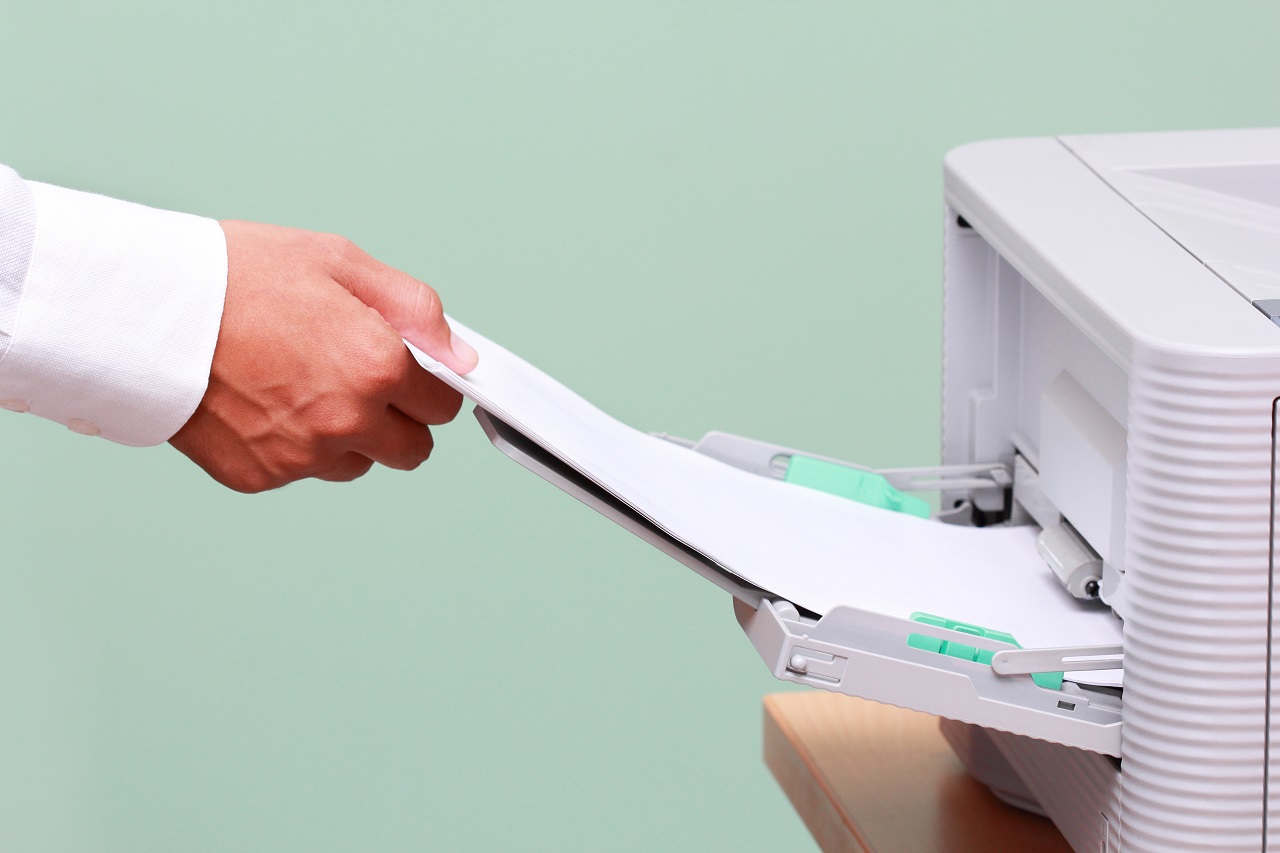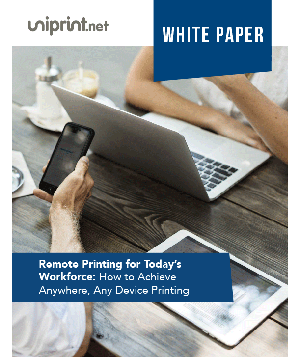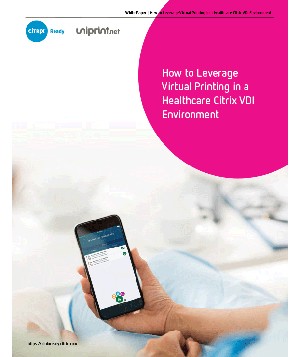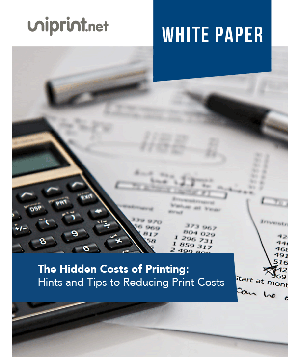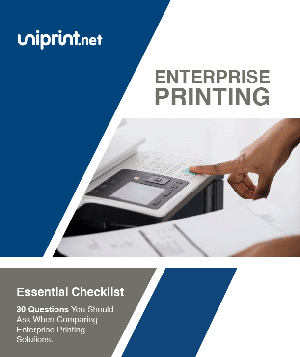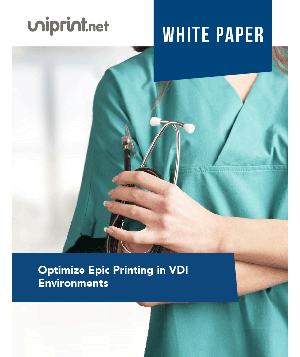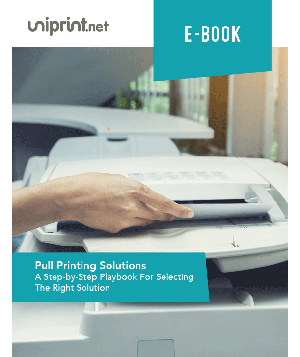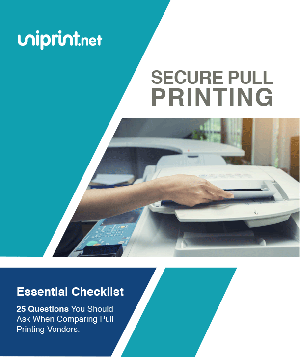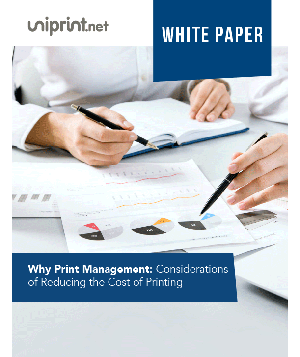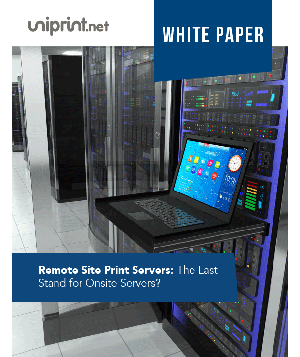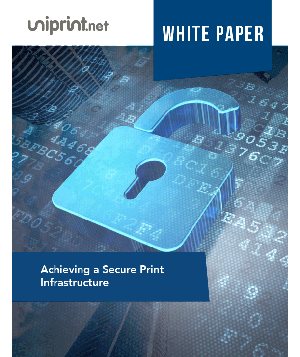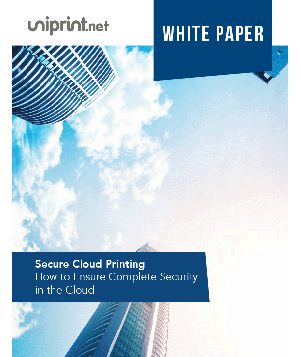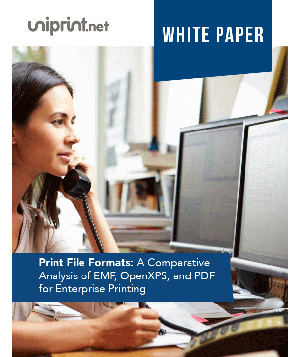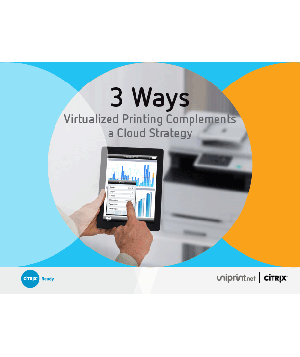Do Printers Have Memory? Should I Be Concerned
You may be surprised to learn that your printer can store documents in its memory. Storing documents in your printer’s memory can be a helpful way to ensure that you’re able to print them when you need them.
Print Nightmare Exploit: A Detailed Analysis
PrintNightmare (official code title: CVE-2021-1675, CVE-2021–34527, and CVE-2021–34481), a remotely exploitable vulnerability located in Windows Print Spooler service which could provide hackers full access to the systems.
Pull Printing Explained: The Costs & Benefits of Deploying Pull Printing
No matter what industry you are in, every business would like to improve their workflow, become more productive, secure and reduce costs in all areas of the organization.
With printing, this can be solved by installing a piece of software that enables pull printing. But what is pull printing and how can your business benefit from it?
Cloud Computing vs On Premises: The Differences of Both Platforms
Cloud based computing and solutions seem to be all the news lately – it’s what everyone is talking about! There is a common perception that if it’s in the Cloud it must be better…maybe, and maybe not.
At the end of the day there is no black and white answer – it all depends on the needs and the requirements of the organization. Many are quick to jump on the Cloud bandwagon, but it is important to consider the differences of Cloud versus on-premises, and what works with your current architecture.
To understand the differences of cloud computing and on premises, let’s look at some what they are about.
Protecting Yourself from Printing Pain: Moving Traditional Print Management to the Cloud
I sit at my desk the day after having my vaccines so that I can safely travel to the Cloud Expo Asia Event in Singapore in October, trying to take my mind away from the droning pain in my arms. Yes, I know I probably shouldn’t be able to type with the pain so bad, but that’s the point; yes, it hurts like hell, fortunately, I can just about type this blog… and then a simple analogy entered my mind…
It occurred to me that the ache in my arms since having the vaccines, is a lot like the ache of moving your traditional print management solution to the cloud – It’s doable but it hurts like hell!

